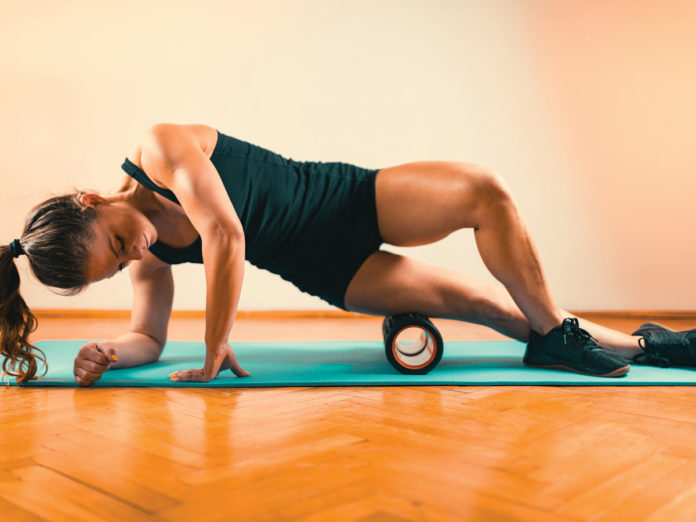
If you suffer from chronic low back pain, your butt could be the problem. Weak gluteus muscles can contribute to a lack of pelvic control and stability which can be a primary cause of low back pain.
Pelvic Stability & Low Back Pain
Low back pain cannot be discussed without discussing the spine. The spine is safest within the ‘neutral zone’ of flexion or extension. The neutral spine however, is a product of its surrounding parts, especially the pelvis.
The pelvis stabilizes the spine to ensure it does as little work as possible and to reduce any excess pressure placed on it. The pelvis does this by relying on adequate glute strength and control.
The Gluteus Maximus’ Role in Pelvic Stability
The gluteus maximus enables you to move your leg forward and back. The glute’s ability to adequately extend the hip reduces a potential over-extension of the spine, and keeps it within the ‘neutral’ range. Maintaining strong glutes and reducing the pressure placed on the spine can drastically reduce the risk of chronic, overuse spinal injuries.
The primary method of correcting an under-active gluteus maximus is by performing exercises such as glute bridges. However, you should make sure you feel the glute doing the work. During these movements, it is very common for the low back or the hamstring (the muscle on the back of the thigh) to start to contract and over-work. A conscious focus should be placed on taking the pressure away from these areas and squeezing the glute as hard as you can.
The Gluteus Medius/Minimus’ Role in Pelvic Stability
The gluteus medius and minimus allows your leg to move outward to the side and turn inward, while also playing a major role in pelvic stability, especially while performing single leg movements.
Having a weak gluteus medius and minimus or being weaker on one side, can cause a muscle in the side of the low back, the quadratus lumborum (QL) to overwork. This muscle will often attempt to overcompensate for a lack of pelvic control. An overworking of the QL can be a major cause of low back pain on one side or the other, especially during single leg or rotational movements.
A tight iliotibial band (connective tissue on the outside of a person’s thigh extending from the hip to the knee) will contribute to an underactive gluteus medius/minimus. Therefore, rolling of the IT band on a foam roller in conjunction with a quad/IT band stretch will help to allow proper activation of the glute. This should then be followed up with some clams, monster walks and some single leg stability exercises, such as split squats.
Pelvic Strengthening Exercises
- Foam roll the IT band for 60-90 seconds per side.
- Glute bridges on a Bosu ball for 12 reps. Lay on back with heels on a Bosu ball. Lift pelvis up and down.
- Monster walks x 20 m per direction. Put a resistance band around your feet. Spread feet apart slightly to stretch band. Bend forward at the waist keeping back straight. Bend knees slightly. Walk forward keeping tension on the band.
- Clams x 20 per side. Lay on your side, legs slightly bent. Lift top knee up and down.
















